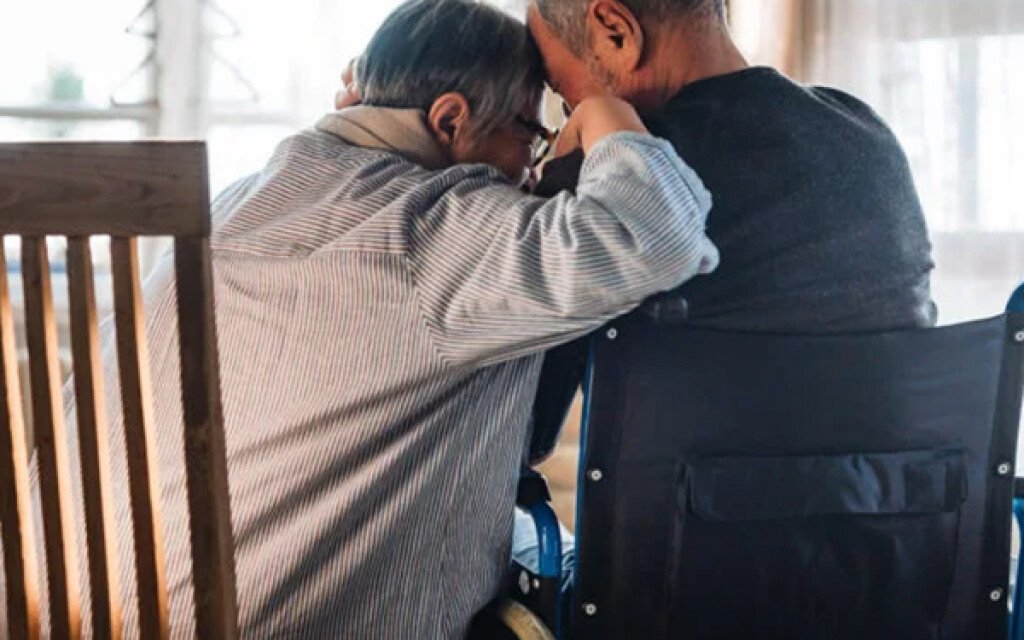
Adapting Homes for Aging in Place: Modifications and Upgrades for Safe and Comfortable Living
Introduction
As we age, our homes should adapt to accommodate changing needs and promote independent living. Aging in place refers to the ability to live comfortably and safely in one's own home as we grow older. With thoughtful modifications and upgrades, it's possible to create an environment that supports the needs of seniors and enhances their quality of life. In this article, we will explore various modifications and upgrades that can be made to adapt homes for aging in place, ensuring safety, convenience, and comfort.
Improve Accessibility:
Enhancing accessibility is a crucial aspect of adapting a home for aging in place. Install grab bars and handrails in key areas such as bathrooms, staircases, and hallways to provide stability and support. Consider widening doorways to accommodate mobility aids like wheelchairs or walkers. Remove tripping hazards, such as rugs or uneven flooring, and ensure smooth transitions between rooms.
Bathroom Modifications:
The bathroom is a high-risk area for slips and falls. Install a walk-in shower or a bathtub with a built-in seat for easier access. Add non-slip flooring and grab bars near the toilet and shower. Consider installing a raised toilet seat and adjustable showerheads to accommodate different heights.
Kitchen Upgrades:
Make the kitchen more user-friendly for seniors. Lower countertops and sinks to a comfortable height that eliminates the need for excessive bending. Install lever-style faucets that are easy to operate. Consider pull-out shelves and drawers to improve accessibility to stored items. Bright and sufficient lighting is essential to enhance visibility and reduce accidents.
Lighting and Electrical Modifications:
Good lighting is crucial for seniors with reduced vision. Ensure adequate lighting throughout the home, especially in hallways, staircases, and entrances. Install motion sensor lights in key areas to automatically illuminate pathways. Consider adding rocker-style light switches that are easier to operate than traditional switches.
Flooring and Surface Enhancements:
Choose flooring materials that reduce the risk of slips and falls. Opt for non-slip surfaces such as textured tiles or low-pile carpeting. Remove thresholds or ensure they are flush with the floor to prevent tripping. Consider using contrasting colors to define edges and steps for better visibility.
Bedroom Adaptations:
Bedrooms should be designed for comfort and convenience. Ensure the bed is at an appropriate height for easy entry and exit. Install bedside lighting with accessible switches. Consider adding a nightstand or shelf within reach to hold essentials like glasses, medications, or a phone.
Smart Home Technology:
Explore the use of smart home technology to simplify everyday tasks. Smart devices such as voice-controlled assistants, automated lighting, and thermostats can enhance convenience and safety for seniors. They can control appliances, adjust temperature, and provide emergency assistance.
Consider Stairlifts or Home Elevators:
If your home has multiple levels, stairlifts or home elevators can provide safe and easy access. These assistive devices can greatly improve mobility and independence for seniors who may have difficulty navigating stairs.
Outdoor Modifications:
Ensure outdoor areas are safe and accessible. Install handrails for exterior steps and ramps for entryways. Create well-lit pathways with slip-resistant surfaces. Consider raised garden beds or vertical gardens for easier maintenance and enjoyment of outdoor spaces.
Regular Maintenance and Safety Checks:
Stay proactive in maintaining a safe and comfortable home environment. Regularly inspect and repair any potential hazards such as loose handrails, uneven surfaces, or faulty electrical systems. Stay up to date with fire safety measures, including smoke detectors and fire extinguishers.
Conclusion
Adapting homes for aging in place is a proactive approach to support seniors in maintaining their independence, safety, and comfort. By implementing modifications and upgrades that enhance accessibility











